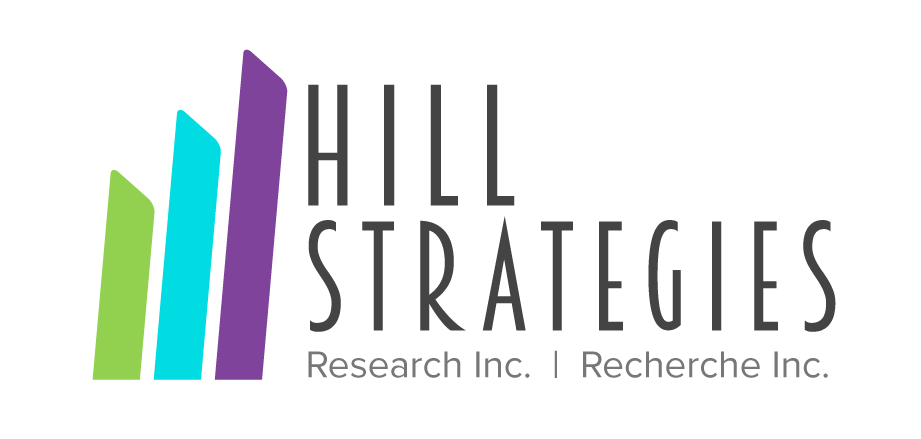Provincial Government Spending on the Arts and Culture in Saskatchewan in 2009/10
Issue
Government spending on cultureArticle Link
http://www.artsalliance.sk.ca/resources/studies-and-facts/2012/1183This report uses Statistics Canada data to examine provincial government spending on culture in 2009-10, including provincial operating spending, capital spending and grants. While some detailed findings are specific to Saskatchewan, the report also provides substantial comparisons with other Canadian provinces, including an examination of overall provincial expenditures on culture, provincial spending on the arts, provincial arts grants, provincial expenditures on the cultural industries, and provincial spending on heritage.
Provincial spending on culture per capita averaged $90 in 2009-10, with the highest levels in Newfoundland and Labrador ($156), Saskatchewan ($149), Prince Edward Island ($129) and Quebec ($125). Also above-average on this indicator were Manitoba ($117), New Brunswick ($107), Alberta ($102), and Nova Scotia (also $102). The only two provinces below the national average were Ontario ($63) and British Columbia ($54).
The report provides further details about some components of provincial cultural spending, including the arts. In the Statistics Canada dataset, “the arts” include arts education, performing arts and visual arts and crafts (excluding art galleries). By this definition, provincial arts spending averaged $12 in 2009-10. In that year, Newfoundland and Labrador had the highest spending level on the arts ($27 per capita), followed by Quebec ($25), Alberta ($18), and Nova Scotia ($15). The detailed tables in the report show that British Columbia had the lowest level of public arts funding ($5 per capita), followed by Ontario ($6), Manitoba ($8), New Brunswick ($10), Prince Edward Island ($12) and Saskatchewan ($13).
Delving further into the arts spending data, the report shows that provincial grants, transfers and contributions to the arts averaged $9 in 2009-10. Provincial arts grants were highest in Alberta, Quebec and Nova Scotia (all of which contributed $15 per capita). Saskatchewan ranked fourth, with spending of $12 per person, followed by Prince Edward Island ($10). While not included in the report, an analysis of the government spending dataset shows that provincial arts grants were below the national average in Manitoba ($8), Newfoundland and Labrador ($6), New Brunswick (also $6), Ontario ($5) and BC (also $5).
On average, the cultural industries (including film and video, literary arts/publishing, broadcasting, and sound recording) received $11 in direct spending by provincial governments in 2009-10. The highest level reported in the survey was in Saskatchewan, where $28 in provincial per capita spending went towards the cultural industries. In second place on this indicator was Quebec ($21 per person). The detailed tables in the report show that Prince Edward Island had the lowest level of public funding for the cultural industries ($2 per capita), followed by Newfoundland and Labrador, New Brunswick and British Columbia (all at $3). Provincial government spending on the cultural industries was $5 per capita in Nova Scotia, $6 in Manitoba, $7 in Alberta, and $9 in Ontario.
The detailed tables in the report also provide a summary of provincial government spending on heritage (including museums, archives, parks, historic sites, etc.), which averaged $23 in 2009-10. Prince Edward Island ranked first on this indicator ($49 per person), followed by Manitoba ($47), Saskatchewan ($46), Newfoundland and Labrador ($45), Nova Scotia ($42) and New Brunswick ($40). British Columbia had the lowest level of public funding for heritage ($5 per capita), followed by Quebec, Ontario and Alberta (all at $21).




